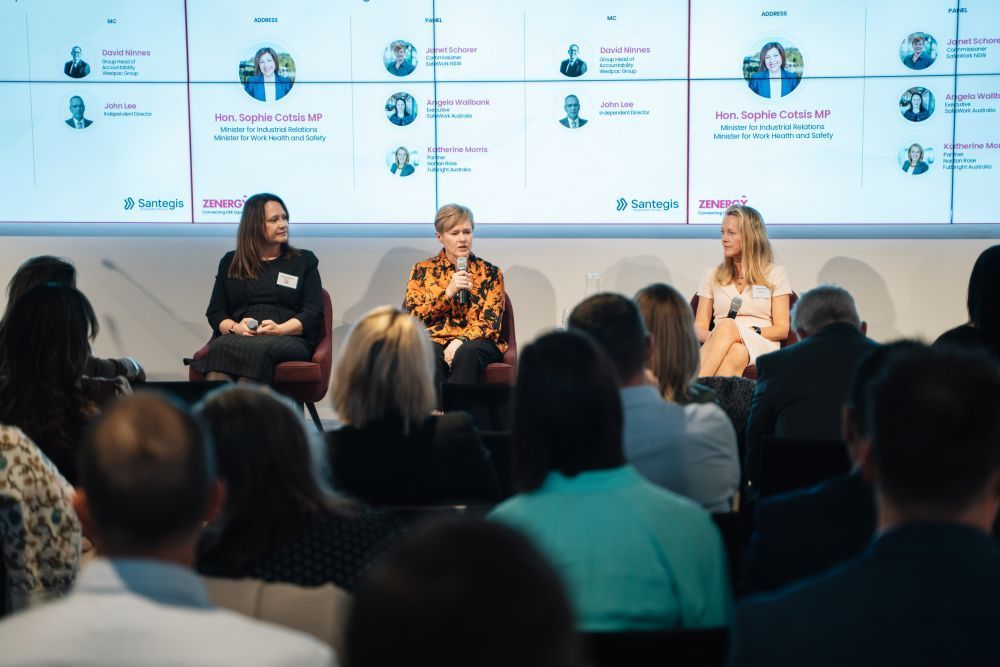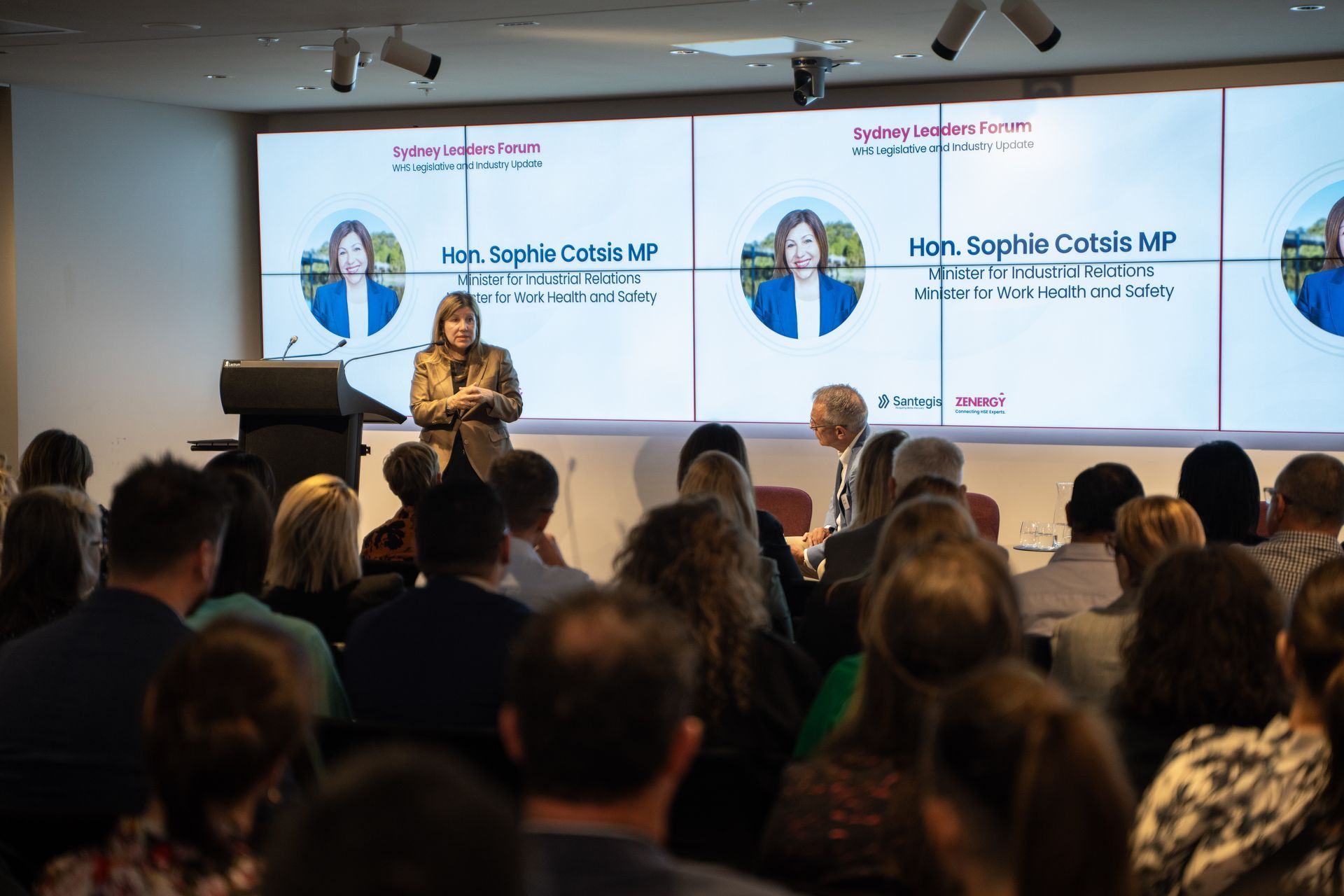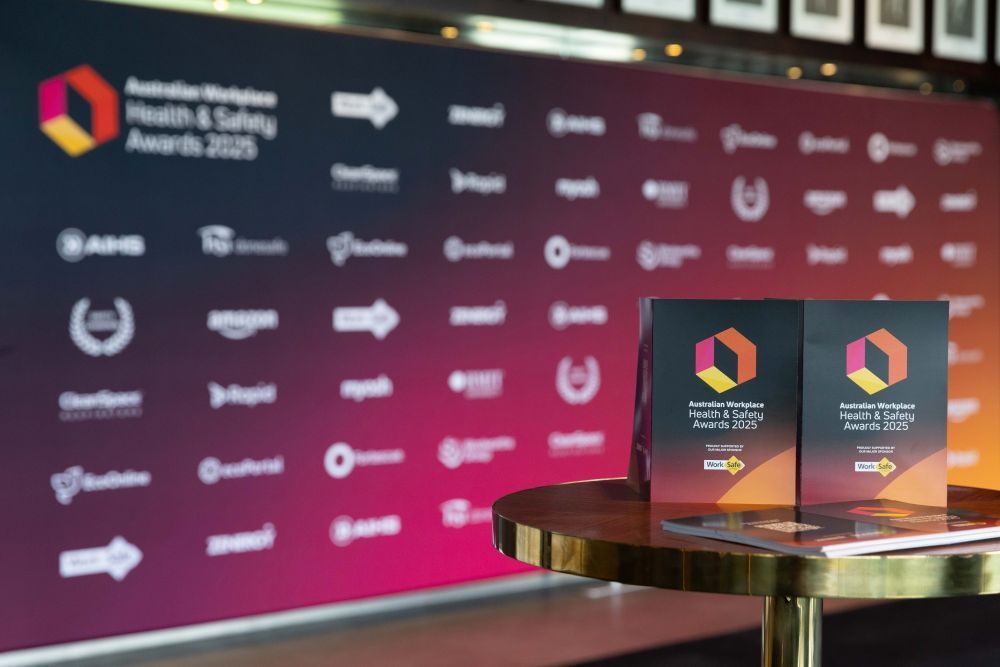Nine focus areas needed for complex workplace violence
Strategies for preventing and managing occupational violence should focus on nine key themes, including risk management, the physical design of workspaces and vertical communication, according to a major research project funded by SafeWork NSW.
The University of the Sunshine Coast’s Centre for Human Factors and Sociotechnical Systems was tasked with applying a “systems thinking” approach to workplace violence in NSW hospital settings with the aim of developing “a series of novel interventions” to prevent it.
“Work-related violence in hospital settings is a complex and growing issue that has significant personal, societal and economic costs,” the Centre’s final, 87-page report says.
“The complexity and multi-factorial nature of the issue is such that it is extremely difficult to understand and manage, and interventions have had varying levels of success,” it says.
Referring to previous studies, the report says up to 98 per cent of hospital emergency department staff have experienced physical or verbal violence at work, nearly 50 per cent of NSW nurses and midwives experience an episode of occupational violence on a weekly basis, and assaults on healthcare workers have been increasing globally over the last two decades.
The systems thinking approach to this and other similarly complex workplace safety-related issues is receiving significant attention in the field of safety science, and “can be used to develop in-depth analyses of the system in which an issue occurs and identify what components of the system interact to create the issue”, it says.
“This provides a detailed description of contributory factors and supports the identification of ‘leverage points’ in the system where interventions can have large effects.”
With the help of stakeholder workshops, the Centre developed: an “ActorMap” identifying those who share the responsibility for work-related violence in NSW hospitals; an “AcciMap” showing the factors that interact to create work-related violence in hospital settings; and a series of “PreventiMaps” outlining “networks of potential interventions” to enhance the prevention and management of hospital violence.
The findings from these three phases “demonstrate that work-related violence is an emergent property that is influenced by a large and diverse set of actors spanning multiple levels of the hospital system”, the report says.
“In short, work-related violence is not a problem that is solely related to patients, healthcare workers, and security staff. Rather, there are multiple actors who share the responsibility for work-related violence,” it says.
“The findings also demonstrate that work-related violence incidents in hospital settings are caused by multiple contributory factors from across the hospital system.”
Poor communication and consultation at various organisational levels, along with issues around feedback mechanisms ostensibly designed to support learning and prevention activities, are contributory factors to work-related violence, the study found.
“A key finding from the research is that, in relation to work-related violence at least, vertical integration across the NSW hospital settings system is currently suboptimal,” the report says.
“A key strategy moving forward will be to focus on enhancing communication and collaboration, coordination and consultation across the system,” it says.
To facilitate the necessary fundamental changes, the report says, anti-violence activities should focus on:
- Risk management (covering risk-related policies and procedures, risk assessment tools and plans, and budgeting for risk management activities);
- Sufficient and capable staffing (through the recruitment, training, rostering and retention of staff sufficiently skilled to support the prevention and management of work-related violence);
- Timely and effective incident response processes;
- Promoting the safety and dignity of patients and healthcare workers;
- Incident reporting and learning systems (underpinned by skilled incident investigators and adequate reporting and learning guidelines, policies and procedures);
- Managing risks posed by patients with a high propensity for violence;
- The design of hospital environments (with guidelines, standards and processes for the physical design of hospital spaces, furniture and fittings);
- Collaboration, consultation and coordination across the system (tackling cultural and teamwork issues, and risks created by a lack of consultation during policy or procedural changes, and silos across the system); and
- Public attitudes and behaviours towards healthcare workers (addressing rising levels of societal anger and patient prejudices against hospital staff).
The report features nine PreventiMaps, including one on promoting the safety and dignity of both healthcare workers and patients.
This map recommends ensuring workplace governance frameworks include work health and safety (so that WHS is on the board meeting agenda), establishing a WHS director position, and escalating WHS risks to the management or board level.
Originally posted on OHS Alert






